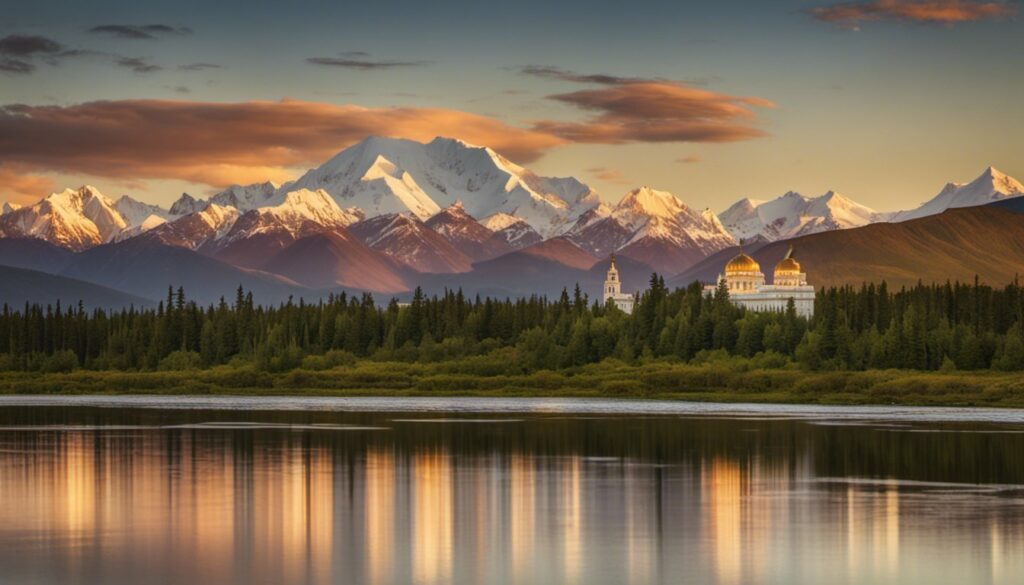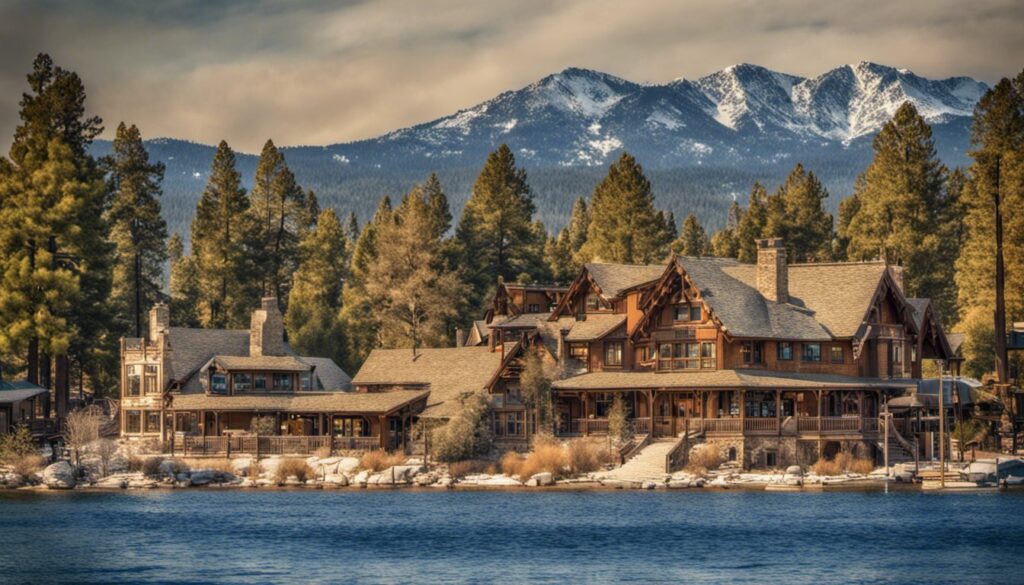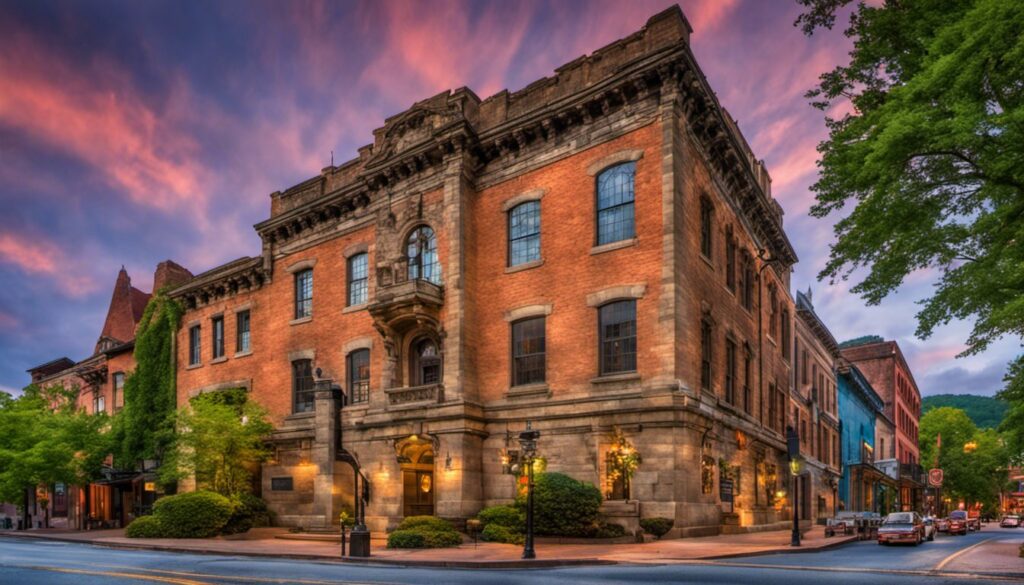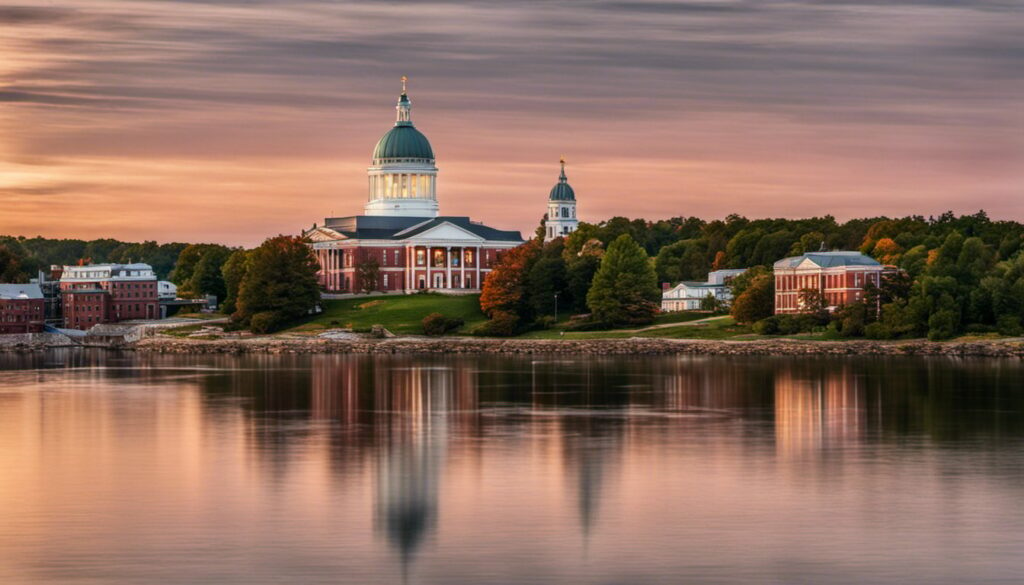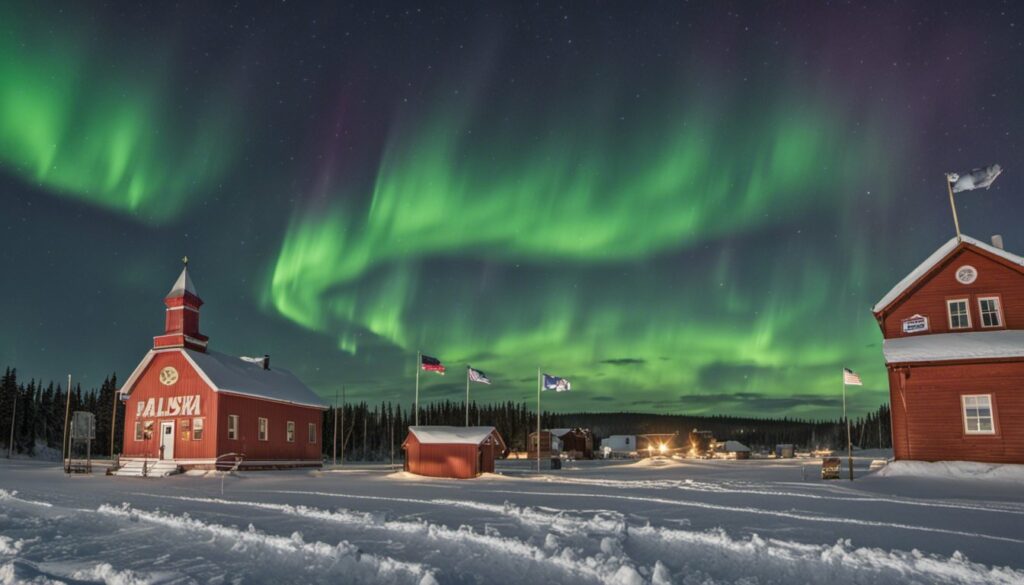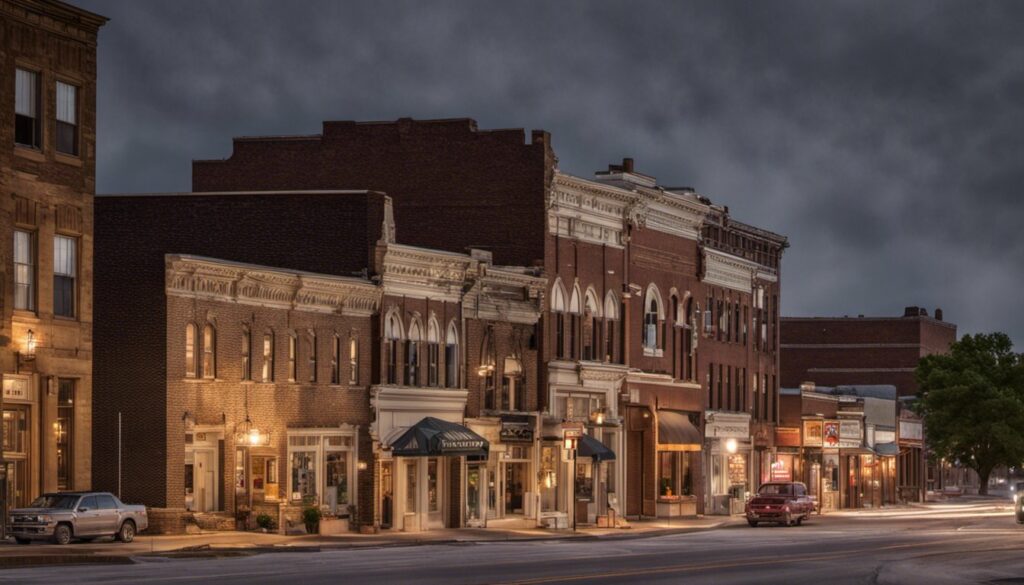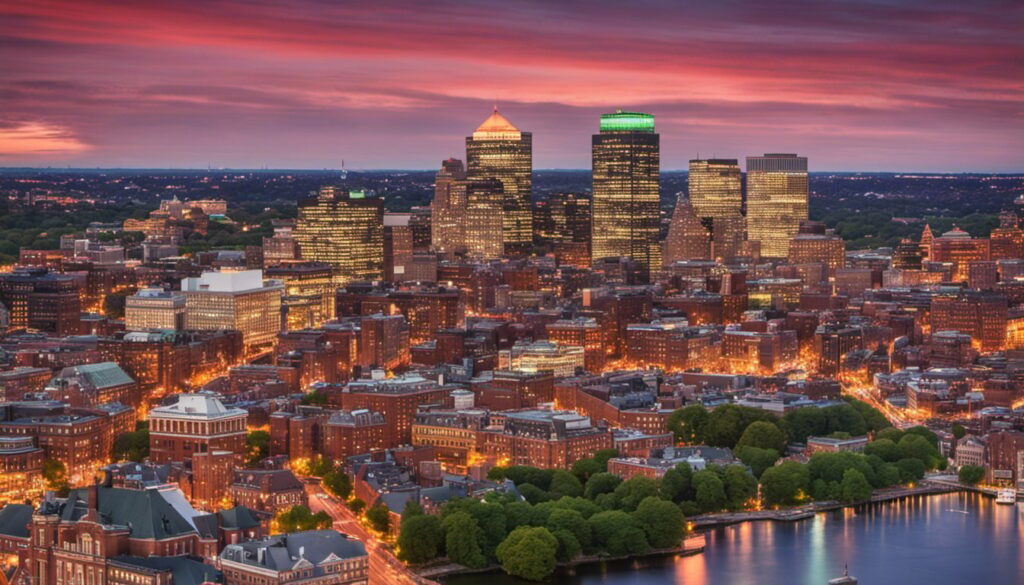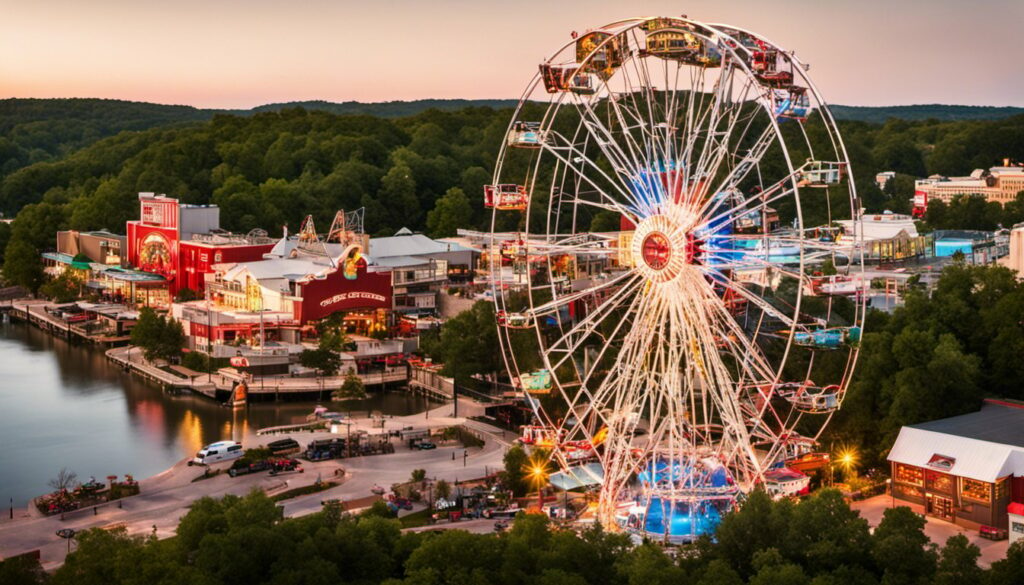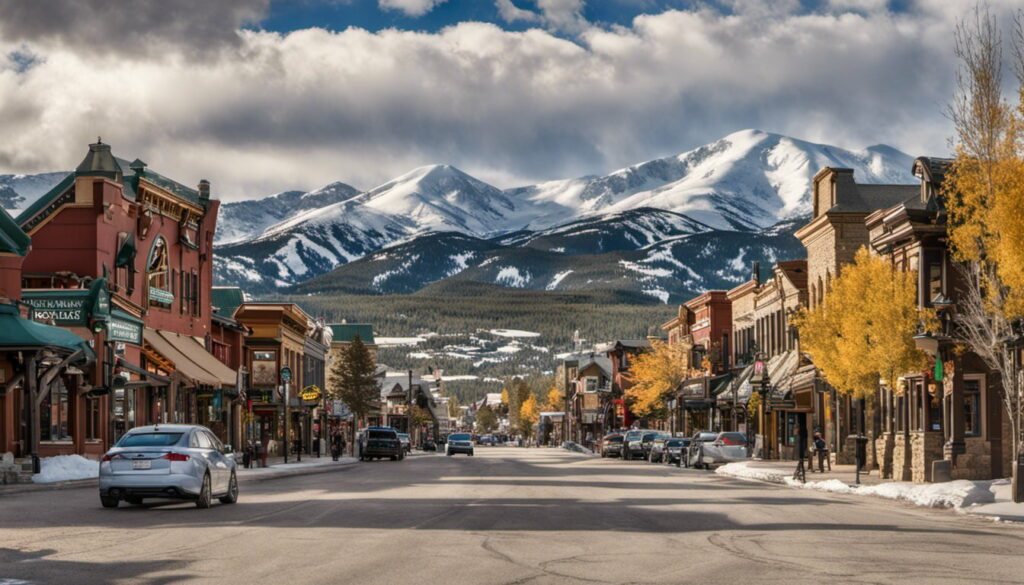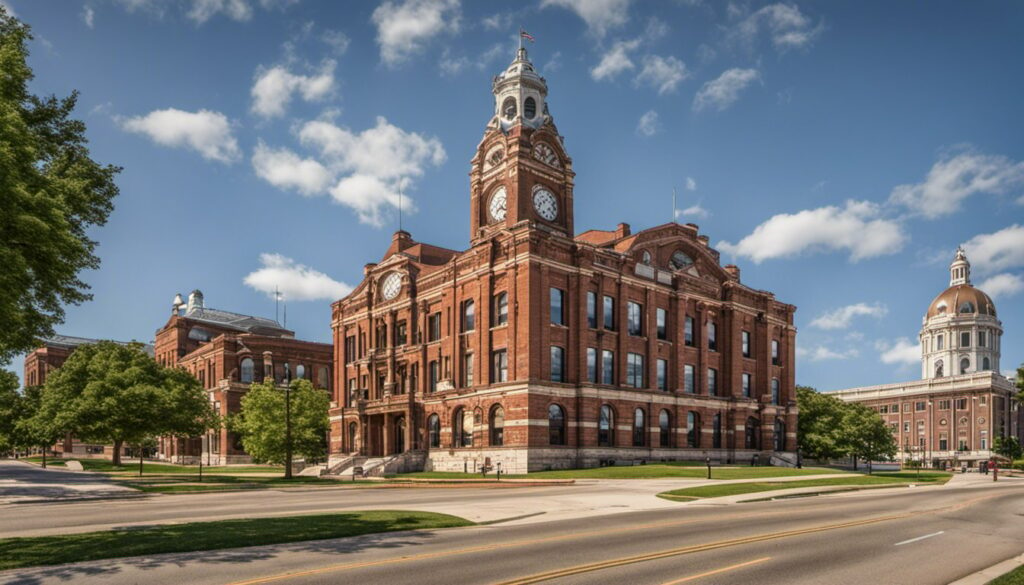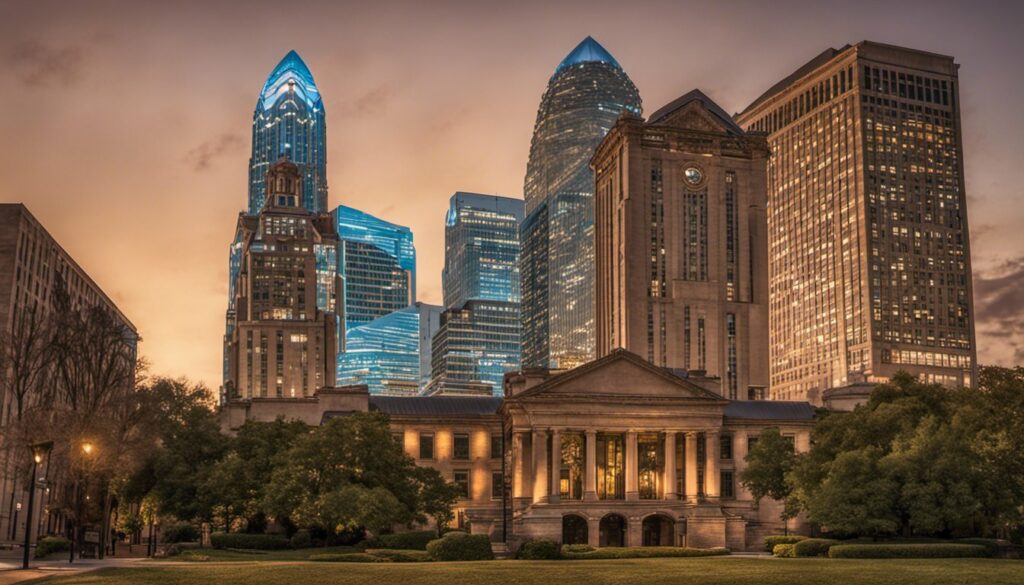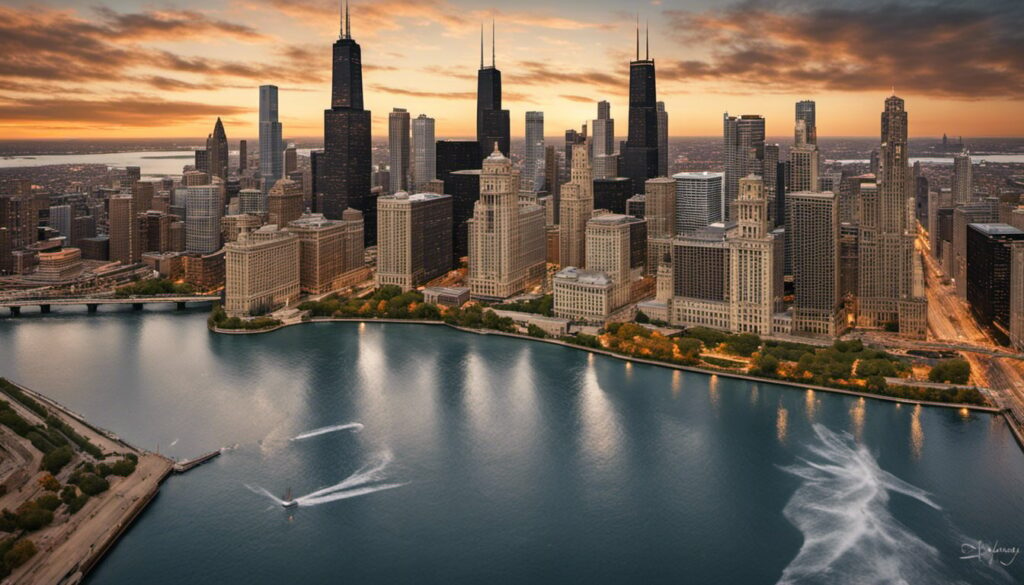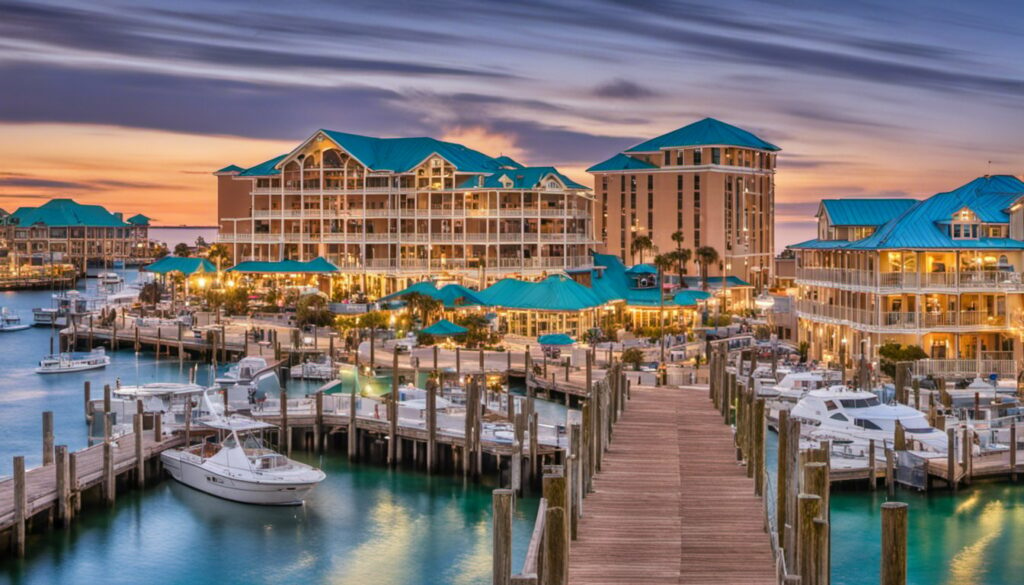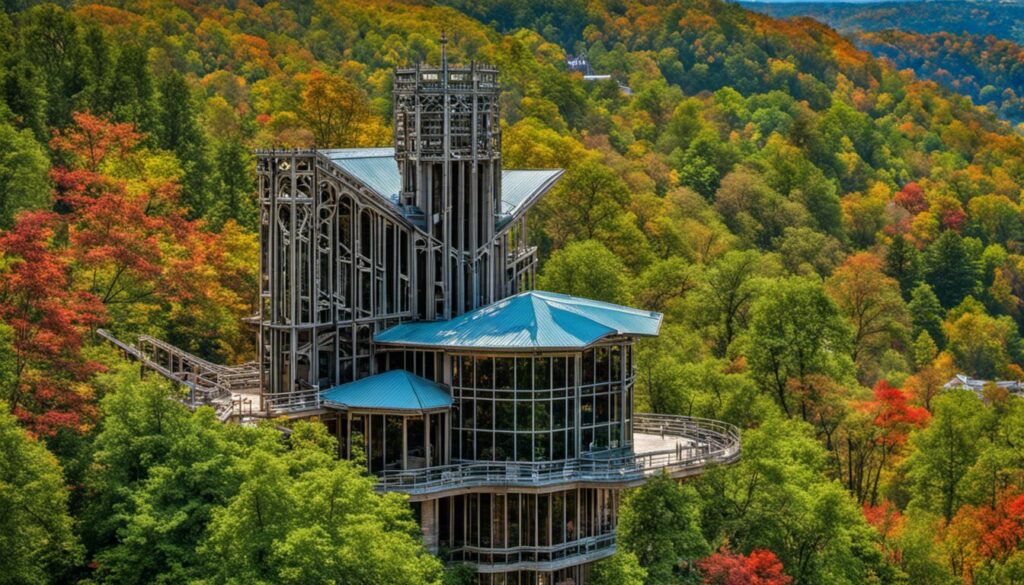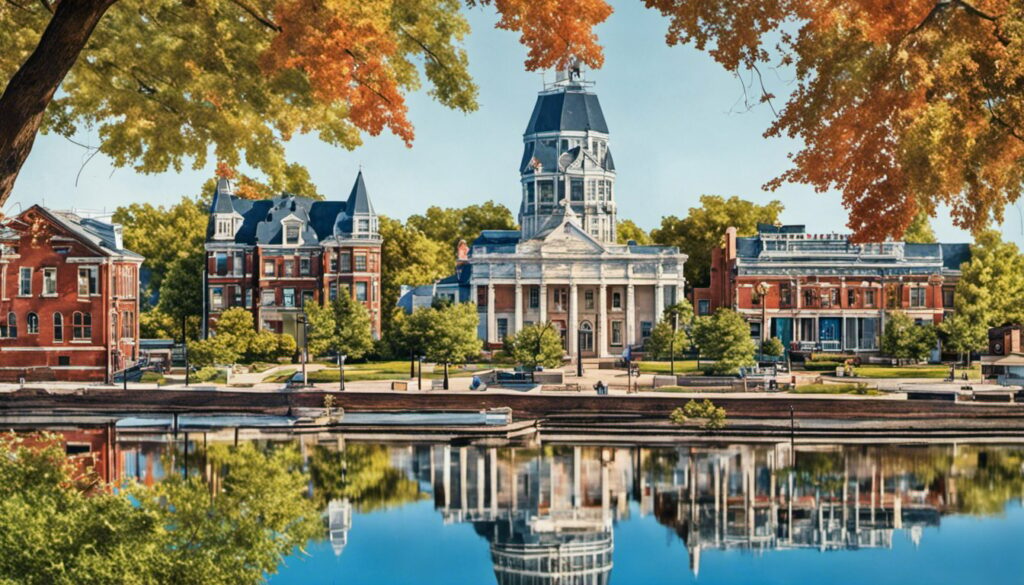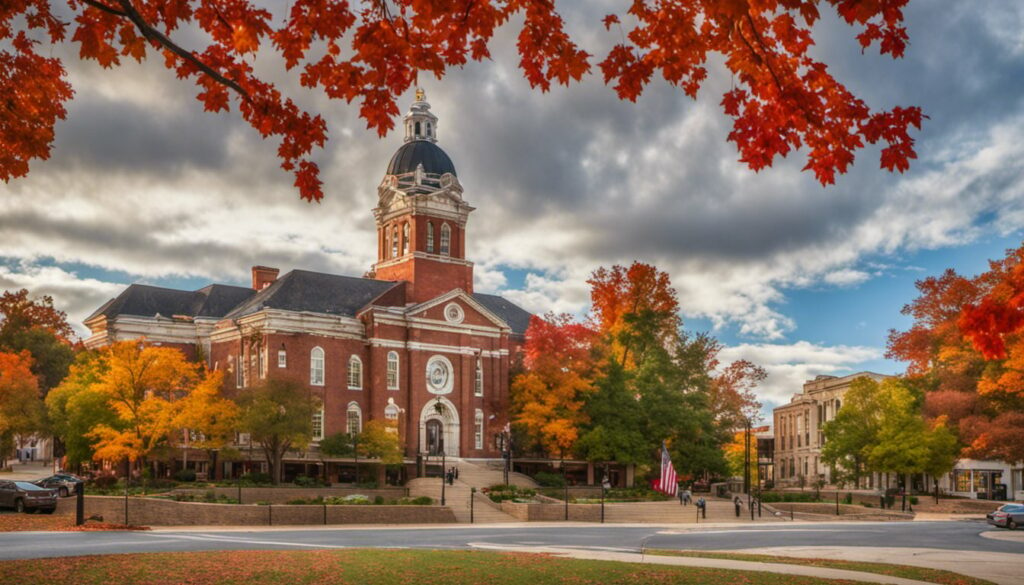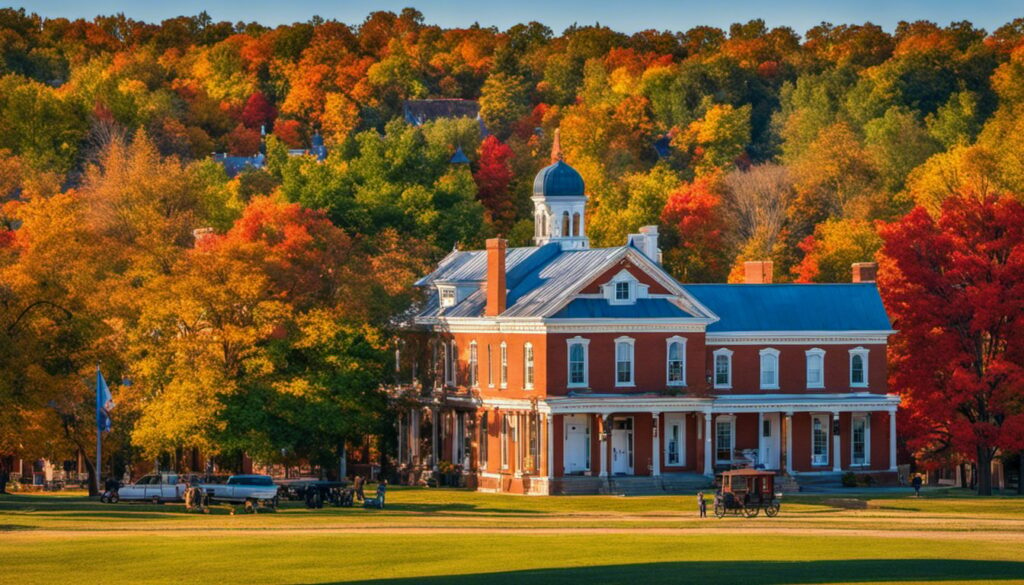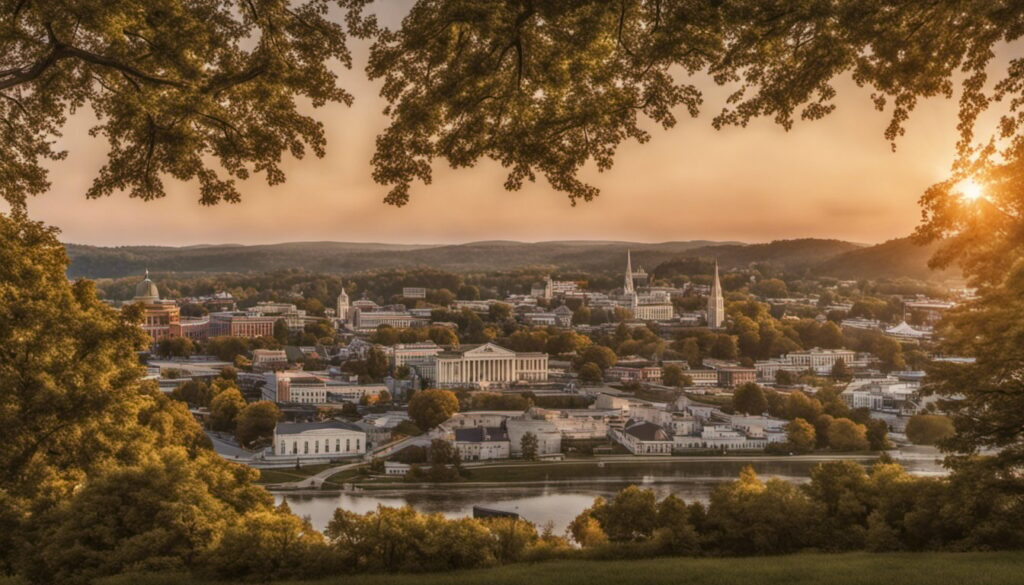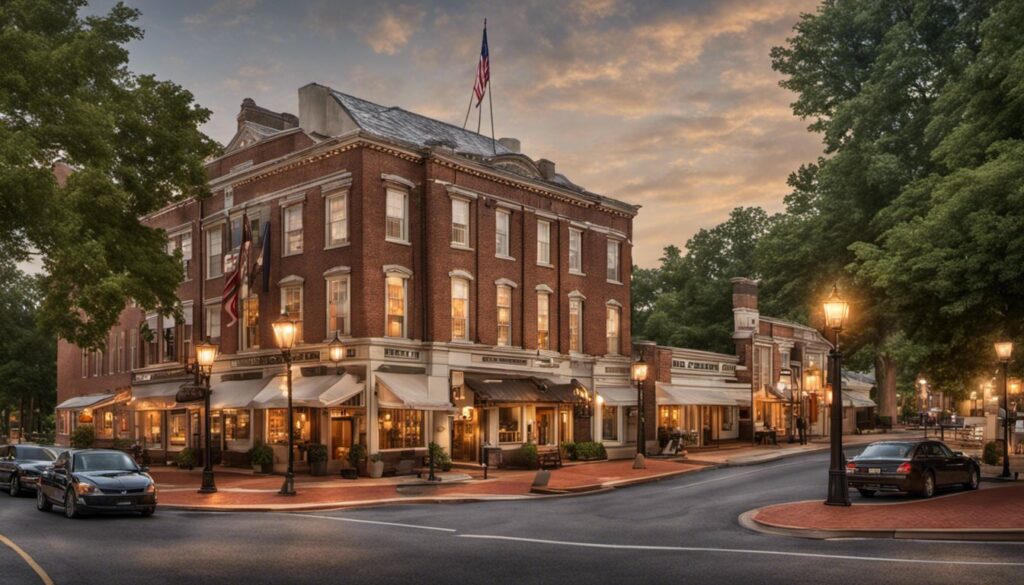Table Of Content
- Discover Alaska’s Rich History: Top Historical Sites and Famous Landmarks
- Alaska’s Rich History
- Famous National Historic Landmarks
- Exploring Cities and Towns
- Natural Wonders and Landscapes
- Cultural and Heritage Sites
- World War II and Military History
- Wildlife and Natural Resources
- Unique Aspects of Alaskan Landmarks
- Frequently Asked Questions
Discover Alaska’s Rich History: Top Historical Sites and Famous Landmarks

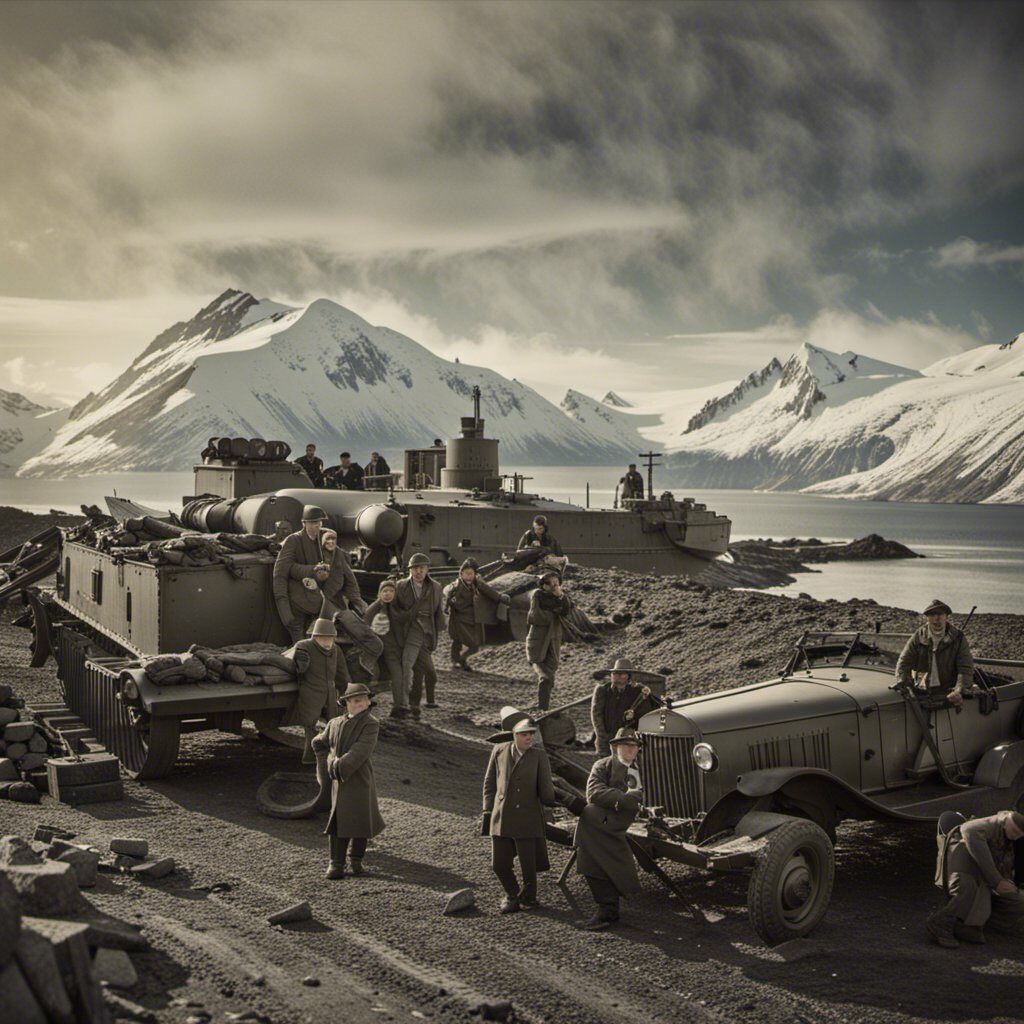
Are you planning a trip to Alaska and wondering what historical sites and famous landmarks to visit? Alaska is a land of breathtaking natural beauty and rich cultural history. From the rugged mountains to the pristine glaciers, Alaska offers a unique experience that you won’t find anywhere else.
Alaska’s rich history is reflected in its famous national historic landmarks. These sites are special places that illustrate powerful stories of conflict and achievement. They are highly protected areas that are of national importance. Some of the most famous landmarks include the Klondike Gold Rush National Historical Park, Wrangell-St. Elias National Park & Preserve, and Kenai Fjords National Park. Each of these sites offers a unique glimpse into Alaska’s fascinating past.
Exploring the cities and towns of Alaska is another great way to experience the state’s history. Anchorage, the largest city in Alaska, is home to many museums and cultural centers. The Alaska Native Heritage Center in Anchorage is a must-visit site that showcases the state’s rich Native American history. Other notable cities and towns to explore include Juneau, Sitka, and Skagway. Whether you’re interested in history, culture, or natural wonders, Alaska has something for everyone.
Key Takeaways
- Alaska is a land of rich history and breathtaking natural beauty.
- Famous national historic landmarks offer a unique glimpse into Alaska’s fascinating past.
- Exploring the cities and towns of Alaska is a great way to experience the state’s history and culture.
Alaska’s Rich History


Alaska is a land of rich history and culture. From the Tlingit and other Alaska Native tribes to the Russian America era, the gold rush era, and the military presence during World War II, Alaska has a unique and fascinating history that is waiting to be explored.
The Tlingit people have lived in Alaska for thousands of years and have a rich cultural heritage that is still celebrated today. Their traditional art, music, and dance are a testament to their resilience and creativity. You can learn more about the Tlingit and other Alaska Native tribes at the Alaska Native Heritage Center in Anchorage.
In the late 1700s, Russia established a colony in Alaska known as Russian America. The Russians brought with them their own culture and traditions, and their influence can still be seen in Alaska today. You can visit the Russian Bishop’s House in Sitka to learn more about this period in Alaska’s history.
The gold rush era in Alaska brought thousands of people to the state in search of riches. Many of the towns and cities in Alaska were founded during this time, and their history is still visible today. You can visit Skagway, a town that was a major center of the gold rush, and see the historic buildings and artifacts that remain.
During World War II, Alaska played a crucial role in the defense of the United States. The military presence in Alaska during this time had a significant impact on the state’s history and culture. You can visit the Alaska Aviation Heritage Museum in Anchorage to learn more about the role that Alaska played in the war.
In conclusion, Alaska’s rich history is a testament to the resilience and creativity of its people. From the Tlingit and other Alaska Native tribes to the gold rush era and the military presence during World War II, Alaska’s history is waiting to be explored and celebrated.
Famous National Historic Landmarks

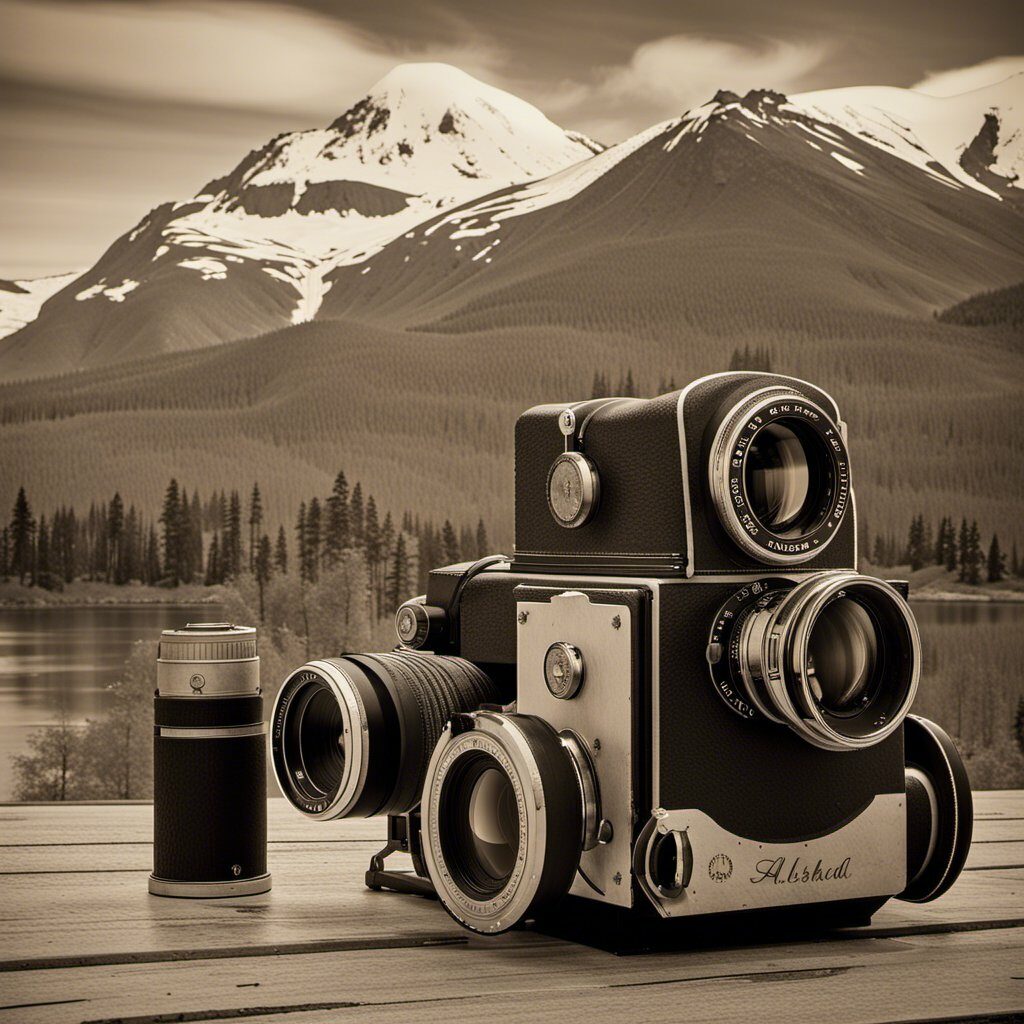
Alaska is home to several famous National Historic Landmarks that are worth visiting. These landmarks are special places that illustrate powerful stories of conflict and achievement. Here are some of the most popular National Historic Landmarks in Alaska that you should check out:


- Castle Hill: Located in Sitka, Castle Hill is a National Historic Landmark that is known for its historical significance. This site was the location of the transfer of Alaska from Russia to the United States in 1867. Today, Castle Hill is a popular tourist destination that offers stunning views of Sitka and the surrounding area.
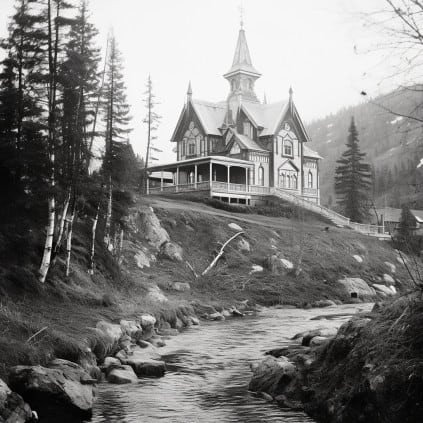

- Russian Bishop’s House: Situated in the heart of Sitka, the Russian Bishop’s House is a National Historic Landmark that was built in the early 19th century. This historic site is a great example of Russian colonial architecture and is open to visitors who want to learn more about the history of Sitka.


- Kennecott Mines: The Kennecott Mines National Historic Landmark is located in the Wrangell-St. Elias National Park and Preserve. This site was once a bustling copper mining town that was abandoned in the 1930s. Today, visitors can explore the ruins of the town and learn more about the history of mining in Alaska.


- Alaska Native Brotherhood Hall: The Alaska Native Brotherhood Hall is a National Historic Landmark that was built in 1914. This historic site is located in Sitka and was once a meeting place for Alaska Native leaders who were fighting for civil rights. Today, the Alaska Native Brotherhood Hall is a museum that showcases the history of the Alaska Native Brotherhood and the civil rights movement in Alaska.


- Bering Expedition Landing Site: This National Historic Landmark is located on Kayak Island and is the site where Vitus Bering and his crew landed in 1741. This historic site is a popular destination for history buffs and offers stunning views of the Gulf of Alaska.


- Fort William H. Seward: Fort William H. Seward is a National Historic Landmark that was built in 1904. This historic site is located in Haines and was once a military base that was used during World War II. Today, visitors can explore the historic buildings and learn more about the history of the fort.


- Fort Abercrombie: Fort Abercrombie is a State Historical Park that is also a National Historic Landmark. This historic site is located on Kodiak Island and was once a military base that was used during World War II. Today, visitors can explore the ruins of the fort and learn more about the history of Kodiak Island.


- Kijik Archeological District: The Kijik Archeological District is a National Historic Landmark that is located in Lake Clark National Park and Preserve. This historic site is home to several prehistoric and historic buildings that were used by the Dena’ina people. Today, visitors can explore the site and learn more about the history of the Dena’ina people.


- Walrus Islands Archeological: The Walrus Islands Archeological site is a National Historic Landmark that is located in the Aleutian Islands. This historic site is home to several prehistoric and historic buildings that were used by the Aleut people. Today, visitors can explore the site and learn more about the history of the Aleut people.


- Three Saints Bay Site: The Three Saints Bay Site is a National Historic Landmark that is located on Kodiak Island. This historic site was once a Russian trading post and was the first permanent Russian settlement in Alaska. Today, visitors can explore the site and learn more about the history of Kodiak Island.
Exploring Cities and Towns

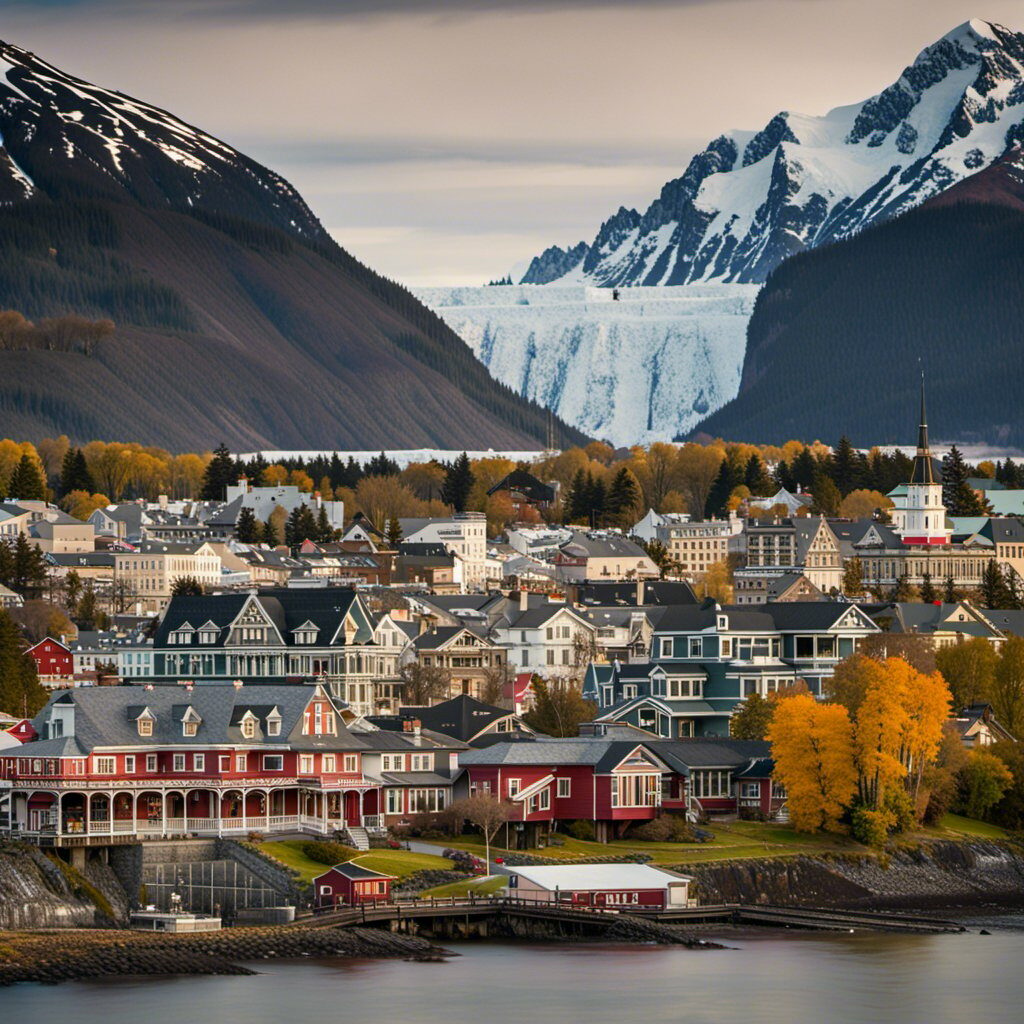
Alaska is home to several cities and towns that offer unique experiences for visitors. From the bustling city of Anchorage to the charming town of Skagway, each place has its own story to tell. Here are some of the most exciting cities and towns to explore in Alaska:
Anchorage


Anchorage is the largest city in Alaska and is often referred to as the “gateway to Alaska.” It is a vibrant city with a rich history and culture. There are plenty of things to do in Anchorage, including visiting the Alaska Native Heritage Center, hiking the Tony Knowles Coastal Trail, and exploring the Anchorage Museum.
Juneau


Juneau is the capital city of Alaska and is only accessible by boat or plane. It is a charming city that is surrounded by mountains and water. You can explore the city’s history by visiting the Alaska State Museum, the Governor’s Mansion, and the Juneau-Douglas City Museum.
Fairbanks


Fairbanks is the second-largest city in Alaska and is known for its beautiful natural surroundings. It is a great place to experience the northern lights, as well as to explore the history of gold mining in Alaska. You can visit the University of Alaska Museum of the North, the Morris Thompson Cultural and Visitors Center, and the Pioneer Park to learn more about Fairbanks’ past.
Sitka


Sitka is a small town that is located on the coast of the Pacific Ocean. It is a beautiful place to visit, with stunning views of the ocean and the mountains. You can learn about the town’s history by visiting the Sitka National Historical Park, the Russian Bishop’s House, and the Sitka Sound Science Center.
Kodiak


Kodiak is an island town that is located in the Gulf of Alaska. It is known for its fishing industry and its rich history. You can learn about the town’s past by visiting the Baranov Museum, the Kodiak Military History Museum, and the Kodiak National Wildlife Refuge.
Skagway


Skagway is a small town that is located in the southeastern part of Alaska. It is known for its role in the Klondike Gold Rush and its historic downtown area. You can explore the town’s history by visiting the Klondike Gold Rush National Historical Park, the Trail of ’98 Museum, and the Red Onion Saloon.
Haines


Haines is a small town that is located in the northern part of Alaska. It is known for its beautiful natural surroundings and its rich history. You can learn about the town’s past by visiting the Sheldon Museum and Cultural Center, the Fort William H. Seward Museum, and the Hammer Museum.
Seward


Seward is a small town that is located on the coast of the Kenai Peninsula. It is known for its beautiful natural surroundings and its rich history. You can explore the town’s history by visiting the Alaska SeaLife Center, the Seward Museum, and the Kenai Fjords National Park.
Alaska’s cities and towns offer a unique glimpse into the state’s rich history and culture. Whether you are interested in exploring the history of gold mining, learning about Alaska Native culture, or simply taking in the stunning natural surroundings, there is something for everyone in Alaska’s cities and towns.
Natural Wonders and Landscapes


Alaska is home to some of the most breathtaking natural wonders and landscapes in the world. From glaciers to national parks, there’s no shortage of awe-inspiring sights to explore. Here are some of the must-see natural wonders and landscapes in Alaska:


- Glaciers: Alaska is home to over 100,000 glaciers, which cover more than 5% of the state. Some of the most famous glaciers include the Mendenhall Glacier and the Hubbard Glacier, which is the largest tidewater glacier in North America.


- National Parks: Alaska is home to eight national parks, including the Katmai National Park and Preserve, Kenai Fjords National Park, and Denali National Park and Preserve. These parks offer a wide range of activities, from hiking and camping to wildlife watching and scenic drives.


- Hiking Trails: Alaska has some of the best hiking trails in the world, with options ranging from easy day hikes to multi-day treks through remote wilderness areas. Some of the most popular hiking trails include the Chilkoot Trail, the Crow Pass Trail, and the Kesugi Ridge Trail.


- Alaska Pipeline: The Trans-Alaska Pipeline System is a marvel of engineering, stretching over 800 miles from Prudhoe Bay to Valdez. The pipeline transports oil from the North Slope to the port of Valdez, where it is loaded onto tankers for shipment to refineries.


- Remote Wilderness: Alaska is one of the last great wilderness areas in the world, with vast stretches of untouched wilderness that are home to a wide variety of wildlife, including grizzly bears, moose, and caribou.
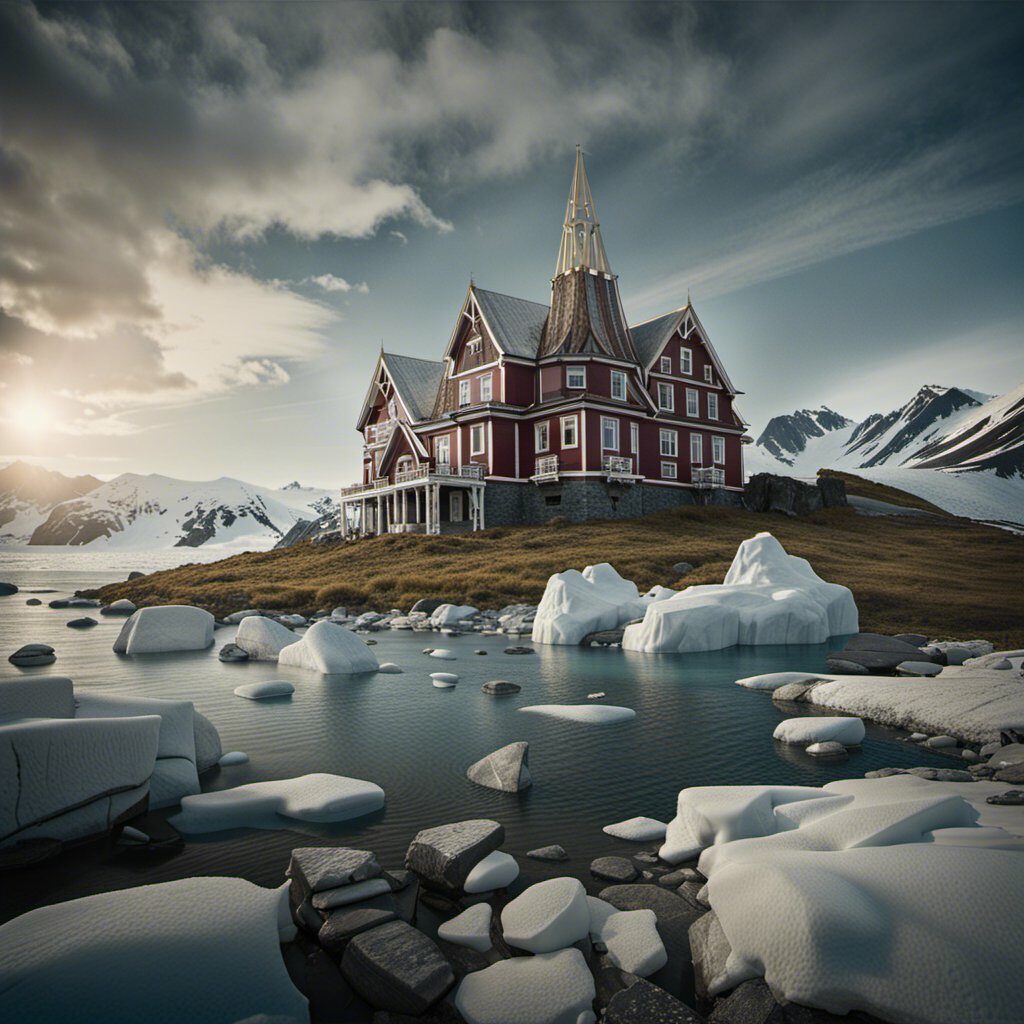

- Arctic Circle: The Arctic Circle runs through Alaska, offering visitors the chance to explore the rugged beauty of the far north. The region is home to unique wildlife, such as polar bears, walruses, and arctic foxes.
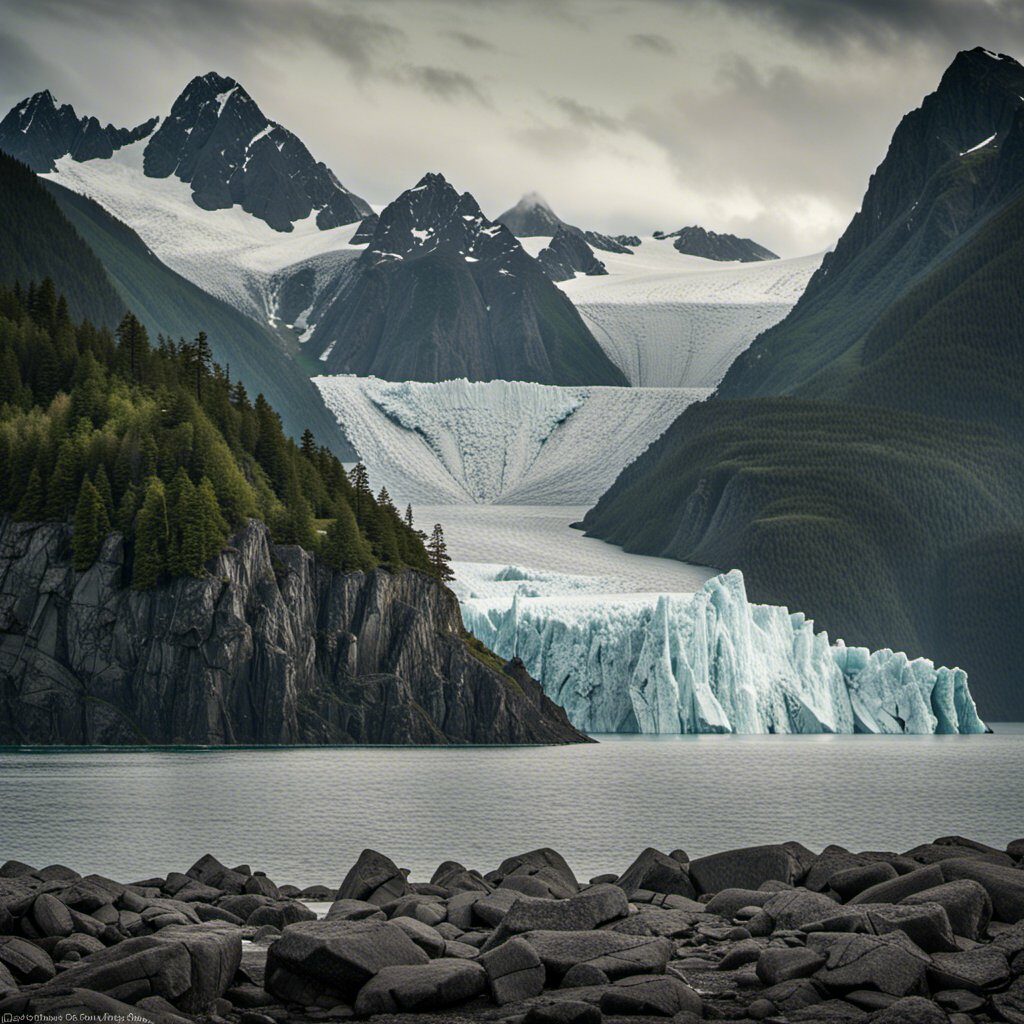

- Prince William Sound: This stunning fjord is home to glaciers, waterfalls, and abundant wildlife, including whales, sea lions, and otters. Visitors can explore the sound by boat, kayak, or on foot.


- Kayak Island: This remote island is located in the Gulf of Alaska and is home to a variety of wildlife, including sea lions, whales, and seabirds. Visitors can explore the island’s rugged coastline by kayak or on foot.


- King Salmon: This small town is located on the banks of the Naknek River in southwestern Alaska and is known for its world-class salmon fishing. Visitors can try their luck at catching king salmon, as well as other species like sockeye and coho salmon.
Whether you’re looking to explore the wilderness, hike through stunning landscapes, or witness the power of glaciers up close, Alaska has something for everyone. Get ready to be amazed by the natural wonders and landscapes that await you in this incredible state.
Cultural and Heritage Sites


Alaska is a land of diverse cultures and rich heritage. Visiting cultural and heritage sites in Alaska will give you a glimpse into the state’s fascinating history and traditions. Here are a few must-visit cultural and heritage sites in Alaska that you don’t want to miss:
Alaska Native Heritage Center


The Alaska Native Heritage Center, located in Anchorage, is a cultural center that celebrates the rich heritage of Alaska’s indigenous people. The center features exhibits, performances, and demonstrations that showcase the art, music, dance, and traditions of Alaska’s Native people. You can take a guided tour, watch traditional dances, learn about the history of Alaska’s Native people, and even try your hand at traditional crafts.
Alaska Native Brotherhood Hall


The Alaska Native Brotherhood Hall, located in Sitka, is a historic building that played a significant role in Alaska’s history. The hall was built in 1914 and served as a meeting place for Alaska Native Brotherhood, an organization that fought for Native rights and advocated for the preservation of Native culture. Today, the hall is a museum that showcases the history of Alaska’s Native people and their struggle for equal rights.
Pioneer Park


Pioneer Park, located in Fairbanks, is a living museum that celebrates Alaska’s pioneer history. The park features historic buildings, museums, and exhibits that showcase Alaska’s gold rush history and pioneer lifestyle. You can take a ride on the Tanana Valley Railroad, visit the Pioneer Air Museum, and even pan for gold.
Visiting these cultural and heritage sites in Alaska is an exciting way to learn about the state’s history and traditions. Whether you’re interested in Native culture, pioneer history, or both, you’re sure to find something that fascinates you.
World War II and Military History

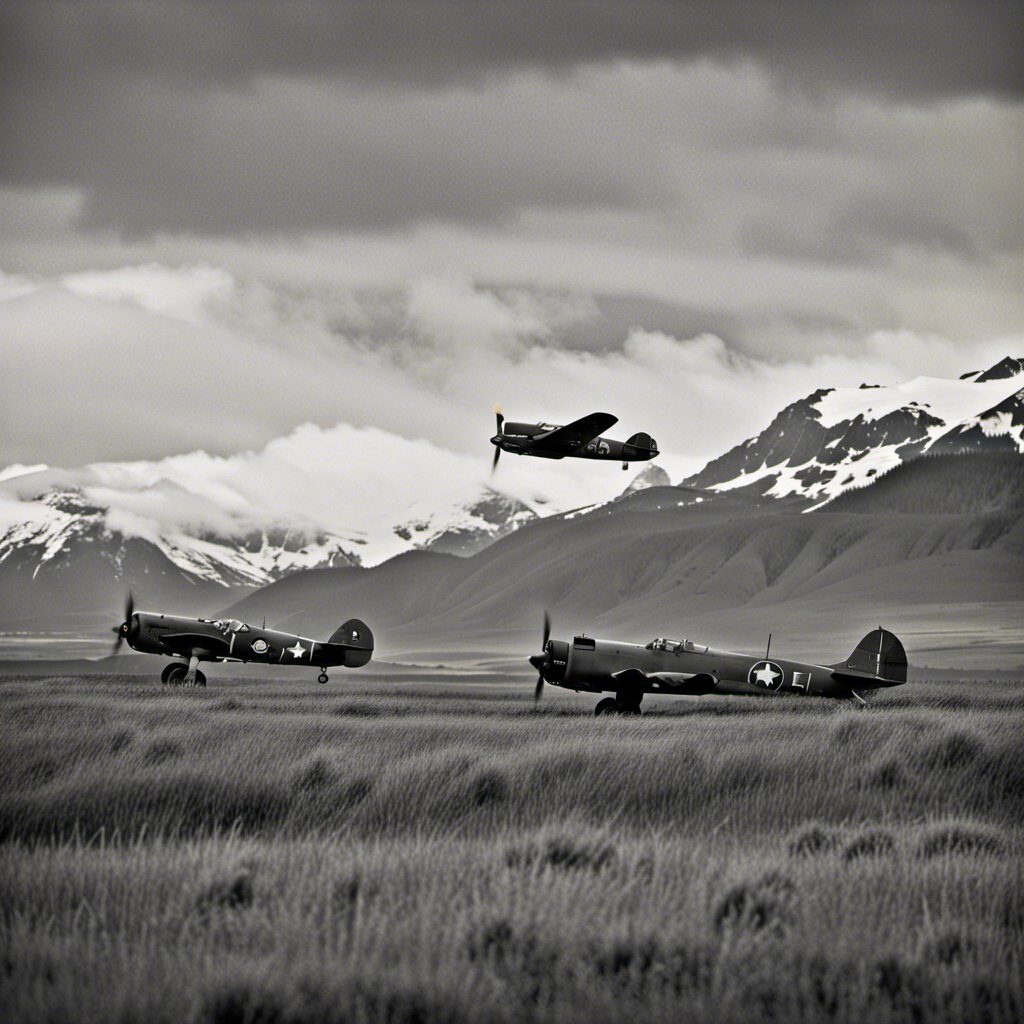
Alaska played a significant role in World War II, with the only battle fought on U.S. soil taking place on the Aleutian Islands. The Japanese occupied two of the Aleutian Islands for over a year, making it an essential location for military history enthusiasts.
The Aleutian World War II National Historic Site is a must-visit for anyone interested in the history of the Japanese occupation site. The site encompasses the historic footprint of the U.S. Army base called Fort Schwatka, which was one of four coastal defense posts built to protect Unalaska/Dutch Harbor during World War II. The fort is also the highest coastal battery ever constructed in the United States at 897 feet high.
Another location worth visiting is the Fort William H. Seward, which was built in 1904 and played a significant role in the defense of Alaska during World War II. The fort was the headquarters of the Alaska Defense Command, and it was responsible for the defense of the Aleutian Islands and the mainland of Alaska.
If you’re interested in learning more about World War II, then a visit to Ladd Field National Historic Landmark is a must. The field was where WWII planes headed for Russia, and it played a significant role in the war effort. The Adak Army & Naval Operating Bases National Historic Landmark is another location that played a crucial role in the U.S. western front during World War II.
In conclusion, Alaska’s military history is fascinating, and the state played a crucial role in World War II. Whether you’re interested in the history of the Japanese occupation site or the defense of the Aleutian Islands, there are plenty of locations worth visiting.
Wildlife and Natural Resources


Alaska is renowned for its vast wilderness and diverse wildlife. The state is home to a wide range of animals, including caribou, moose, bears, wolves, and many more. The North Slope, in particular, is a unique region that is home to a variety of Arctic animals, including polar bears and muskoxen.
The National Park Service manages several national parks in Alaska, including the renowned Denali National Park and Preserve. The park is home to a diverse range of wildlife, including grizzly bears, wolves, moose, and caribou. Visitors can take guided tours to see these animals in their natural habitats.
In addition to its wildlife, Alaska is also home to some of the most breathtaking natural resources in the world. The state’s wilderness areas offer visitors the chance to experience nature in its purest form. The Tongass National Forest, for example, is the largest national forest in the United States and is home to a wide range of flora and fauna.
Alaska has also undertaken several afforestation projects to help preserve its natural resources. These projects aim to restore damaged ecosystems by planting trees and other vegetation. The state has also implemented conservation measures to protect its wildlife populations, including the caribou.
Overall, Alaska’s wildlife and natural resources are a testament to the state’s commitment to preserving its natural heritage. Whether you’re a nature enthusiast or simply looking for a unique travel experience, Alaska is the perfect destination for you.
Unique Aspects of Alaskan Landmarks


Alaska is a land of natural beauty and rich history, and its landmarks reflect this unique combination. From historic sites to natural wonders, Alaska’s landmarks offer a glimpse into the state’s fascinating past and present. Here are some unique aspects of Alaskan landmarks you don’t want to miss:


- Historic Sites: Alaska’s history is long and varied, and its historic sites offer a window into the state’s past. One such site is the Onion Portage, which was a major trading and fishing site for the native people of the region. Today, visitors can see the remains of the ancient fish weirs and other structures that were used to harvest the abundant salmon that still swim in the nearby Kobuk River.


- Famous Landmarks: Alaska is home to many famous landmarks, such as Denali National Park and Preserve, which is home to the tallest peak in North America. Other famous landmarks include the Alaska Native Heritage Center, which celebrates the rich cultural heritage of Alaska’s native peoples, and the Mendenhall Glacier, which is one of the most accessible glaciers in the state.


- Historical Landmarks: Alaska’s historical landmarks are a testament to the state’s rich and varied past. One such landmark is the Russian Bishop’s House in Sitka, which was built in the early 19th century and is one of the few surviving examples of Russian colonial architecture in North America. Other historical landmarks include the Fort Abercrombie State Historical Park, which was used to defend the state during World War II, and the Iditarod Trail, which was used by early gold miners and is now a popular sled dog race.


- Points of Interest: Alaska is full of points of interest, from natural wonders to cultural attractions. One such point of interest is the Kenai Fjords National Park, which is home to some of the most spectacular scenery in the state. Other points of interest include the Alaska SeaLife Center, which offers a close-up look at Alaska’s marine life, and the George C. Thompson Historic Library, which is home to a vast collection of books and artifacts related to Alaska’s history.
In conclusion, Alaska’s landmarks offer a unique blend of natural beauty and rich history that is sure to fascinate and inspire visitors. Whether you’re interested in history, culture, or natural wonders, Alaska has something to offer everyone. So why not plan a trip to this amazing state and discover its many treasures for yourself?
Frequently Asked Questions
What are the top natural landmarks to visit in Alaska?
Alaska is home to some of the most breathtaking natural landmarks in the world. Some of the top natural landmarks to visit in Alaska include Denali National Park, Kenai Fjords National Park, Glacier Bay National Park, and Wrangell-St. Elias National Park. These parks offer a wide range of activities such as hiking, kayaking, and wildlife viewing.
What are some man-made landmarks that are must-see in Alaska?
In addition to its natural beauty, Alaska is also home to several iconic man-made landmarks. Some of the must-see man-made landmarks in Alaska include the Trans-Alaska Pipeline, the Alaska State Capitol Building, and the Alaska Native Heritage Center.
Where can I find a map of Alaska’s most famous landmarks?
You can find a map of Alaska’s most famous landmarks on the website of the National Park Service. The map includes locations of national parks, national historic landmarks, and other notable landmarks in Alaska.
What are the most significant waterways in Alaska?
Alaska is known for its vast and pristine waterways. Some of the most significant waterways in Alaska include the Yukon River, the Kuskokwim River, and the Copper River. These waterways are not only important for transportation and commerce but also home to a diverse range of wildlife.
What is the Alaska Native Heritage Center and why is it important?
The Alaska Native Heritage Center is a cultural center located in Anchorage, Alaska. It is dedicated to preserving and promoting the history and culture of Alaska’s indigenous people. The center features exhibits, performances, and workshops that showcase the rich and diverse heritage of Alaska’s Native communities.
What historical events is Alaska known for and how can I experience them through landmarks?
Alaska is known for several historical events, including the Klondike Gold Rush, the Alaska Native land claims settlement, and the construction of the Trans-Alaska Pipeline. You can experience these events through landmarks such as the Klondike Gold Rush National Historical Park, the Alaska Native Heritage Center, and the Trans-Alaska Pipeline System. These landmarks offer a glimpse into Alaska’s rich history and culture.

